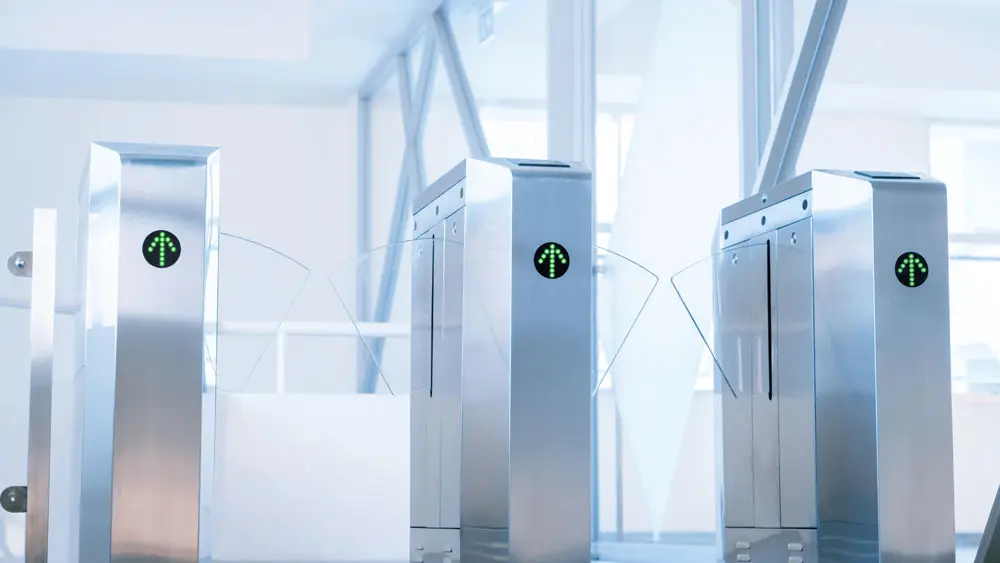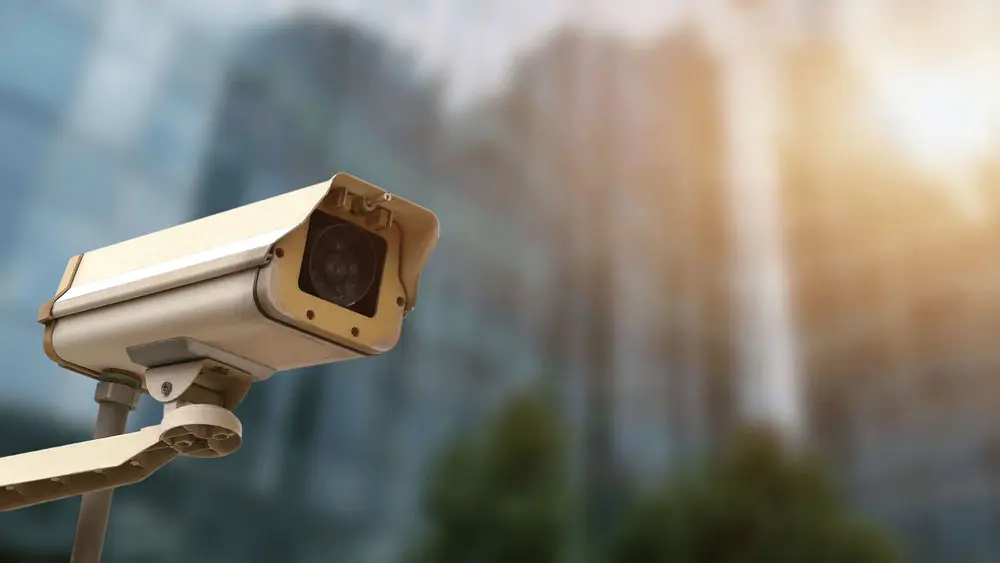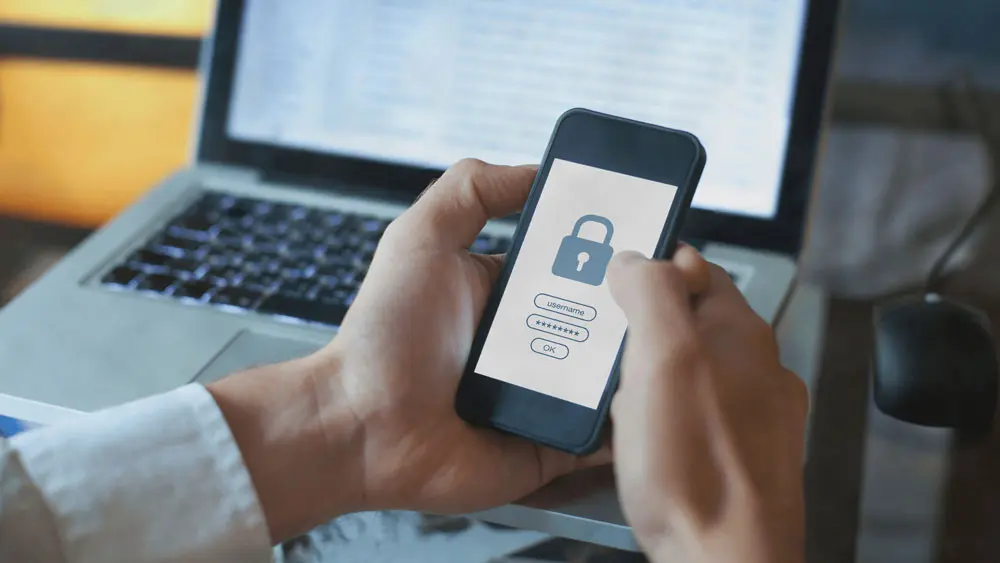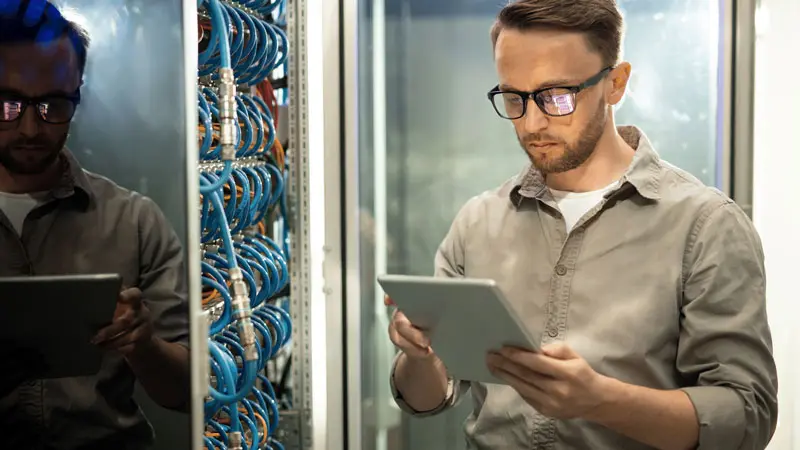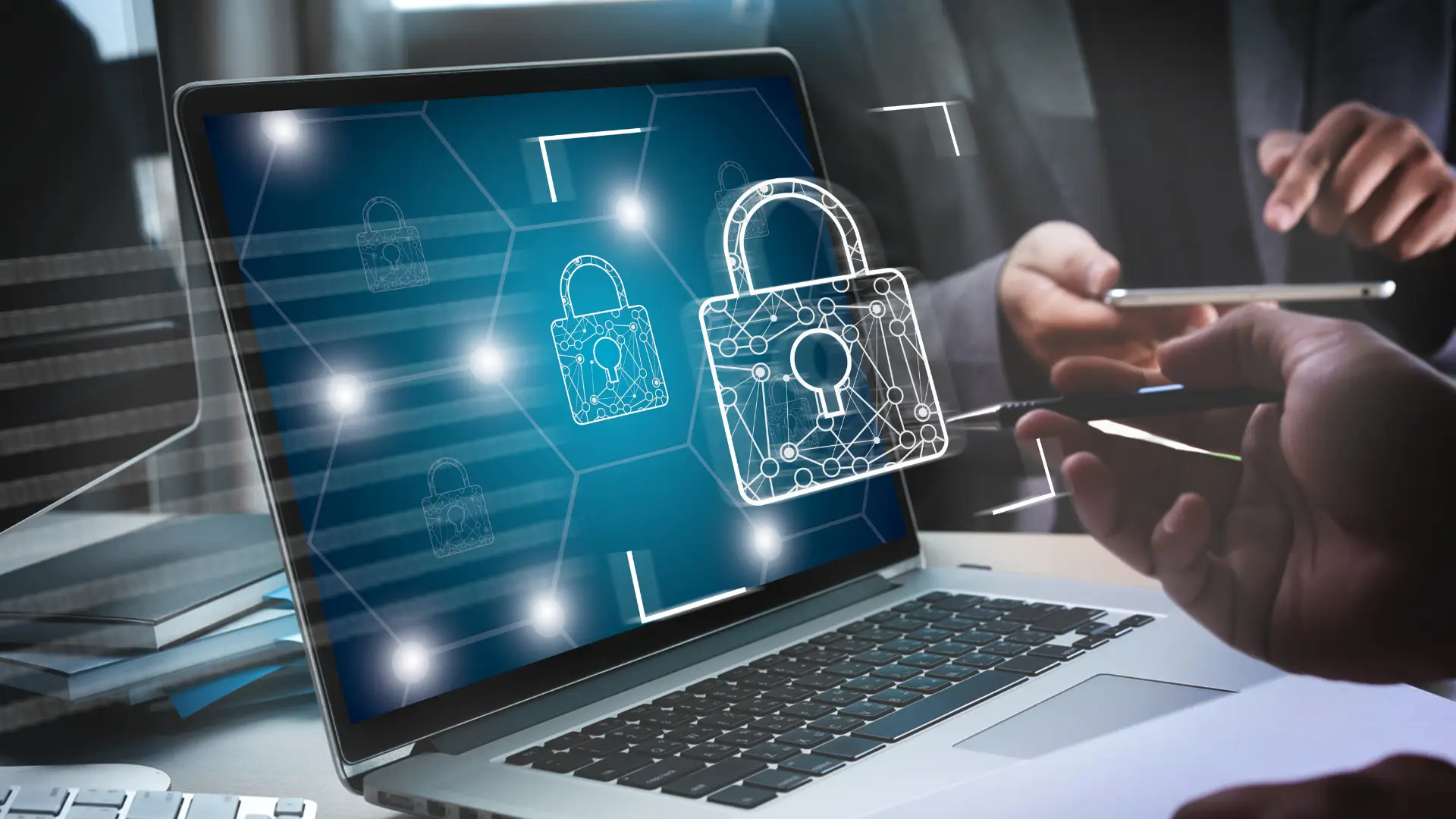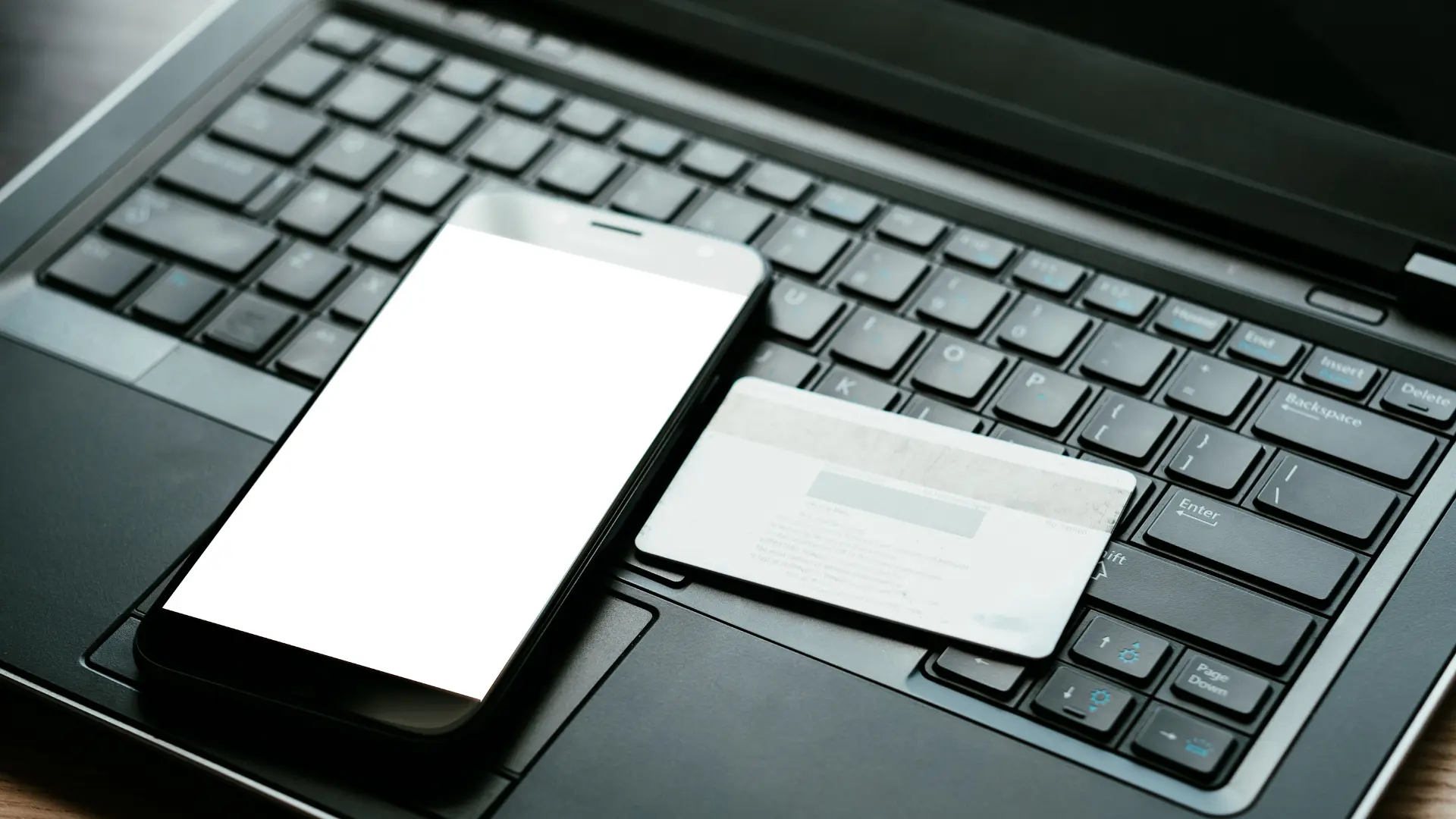Biometric verification systems
What do you know about biometric verification systems?
The concept of information security includes many technologies and options that help entrepreneurs to achieve security for their facilities. Biometric verification systems are among the most prominent modern methods used to verify a person’s ID in order to ensure the safety of various information and data and their use by authorized persons.
Therefore, in this article, we will talk about biometric verification systems, and the most prominent areas of their use. In addition to highlight on what we provide to our customers at Al Maalim International Company in this industry.
What are biometric verification systems?
Biometric verification is any means by which a person can be uniquely identified by evaluating one or more distinguishing biological traits. These biological identifiers include fingerprints, which are the most famous and oldest, facial recognition, hand geometries, retina patterns, voice prints and written signatures.
How do biometric verification systems work?
The authentication process for biometric data is relatively consistent from one biometric identifier to another, with differences in technology and in the impact of the human factor on speed of use and accuracy of results.
The authentication process begins with taking a copy of a person’s unique characteristics who will be allowed to access a facility to benefit from its services or data, and then the process of storing those traits in the database. Cloud technology can be used to make biometric information more accessible and portable. Cloud-based systems enable agencies and organizations to perform biometric identification of any individual, regardless of their location.
On the other hand, where biometric data is stored is important for security. If a database containing the identification records is compromised, the biometric system tied to the data will also be vulnerable.
The biometric verification system depends on the use of biological characteristics that cannot be changed or replicated. However, if the data tied to the system is not secured, it will be easy to hack and extract, delete, or manipulate, undermining the reliability of this system.
Where are biometric verification systems used?
Biometric verification systems can be used in all establishments, especially those that involve sensitive, financial or security transactions. These systems are also commonly used in health centers, as they are a reliable means of patient identification. It is also used to enter test centers in highly sensitive tests, as well as to give permission to enter buildings, stations and security gates.
Intelligence agencies, security services, and border guards also use fingerprints, facial recognition, iris scans, and other types of biometric identification to track the people who deal with these entities.
Types of biometric verification systems
There are several ways to accurately verify a person’s identity using biometrics. Most notably are the following:
- Fingerprint recognition
Fingerprint recognition is one of the most popular and oldest methods. It is widely used in various organizations, along with the use of this technology in almost all smartphones, to quickly verify the identity of the user.
This technology has demonstrated its security because fingerprints are unique, and no two fingerprints are alike.
Technical and technological differences are among the tools and software that process the verification processes. Mobile phones, for example, are not as accurate and secure as advanced peripheral devices, which have an error rate of one error in thousand billion trials. These ratios are known as the False Reject Rate (FRR) and the False Accept Rate (FAR).
- Facial recognition
Facial recognition identifies facial features and compares them to stored facial biometric data to authenticate a person’s identity. This is one of the most popular verification methods due to the number of unique nodal points on an individual’s face.
Facial recognition is being used as physical security in buildings to limit access to authorized personnel.
This technology is easy and applicable to large numbers, such as airports and markets, and does not require proximity or contact with devices.
- Iris pattern recognition
Iris and retina patterns are unique and diverse, which makes them a reliable biometric identifier. An iris scanner can collect as many as 200 unique biometric features.
Given the strength of security and reliability of this form of identification, banks are using iris and retina pattern authentication methods to verify ATM users.
It should be noted that the biggest obstacle in the use of this technology is the rejection and fear of users of its effect on the eye.
- Voice recognition
A person’s voice can be a unique biometric indicator that organizations can utilize to authenticate users. Some financial institutions use this technology. For example, banks use voice recognition technology to identify telephone banking customers.
- DNA matching
Genetic materials of the individual can be compared to existing DNA databases to verify the person’s identity. This method is commonly used in criminal investigations for forensic purposes.
- Signature
The signature is one of the least reliable biometric verification methods. Signatures are vulnerable to replication and manipulation, but they are useful as an extra layer of authentication.

In conclusion, biometric verification systems help to handle your tasks professionally and with high security. All of these things contribute to the success of your organization’s tasks and the achievement of its goals.
Therefore, we must seek the help of a specialized and experienced team, which provide you with the best technologies and products, and do not hesitate to contact us and follow up on our services and products through our social media platforms.


